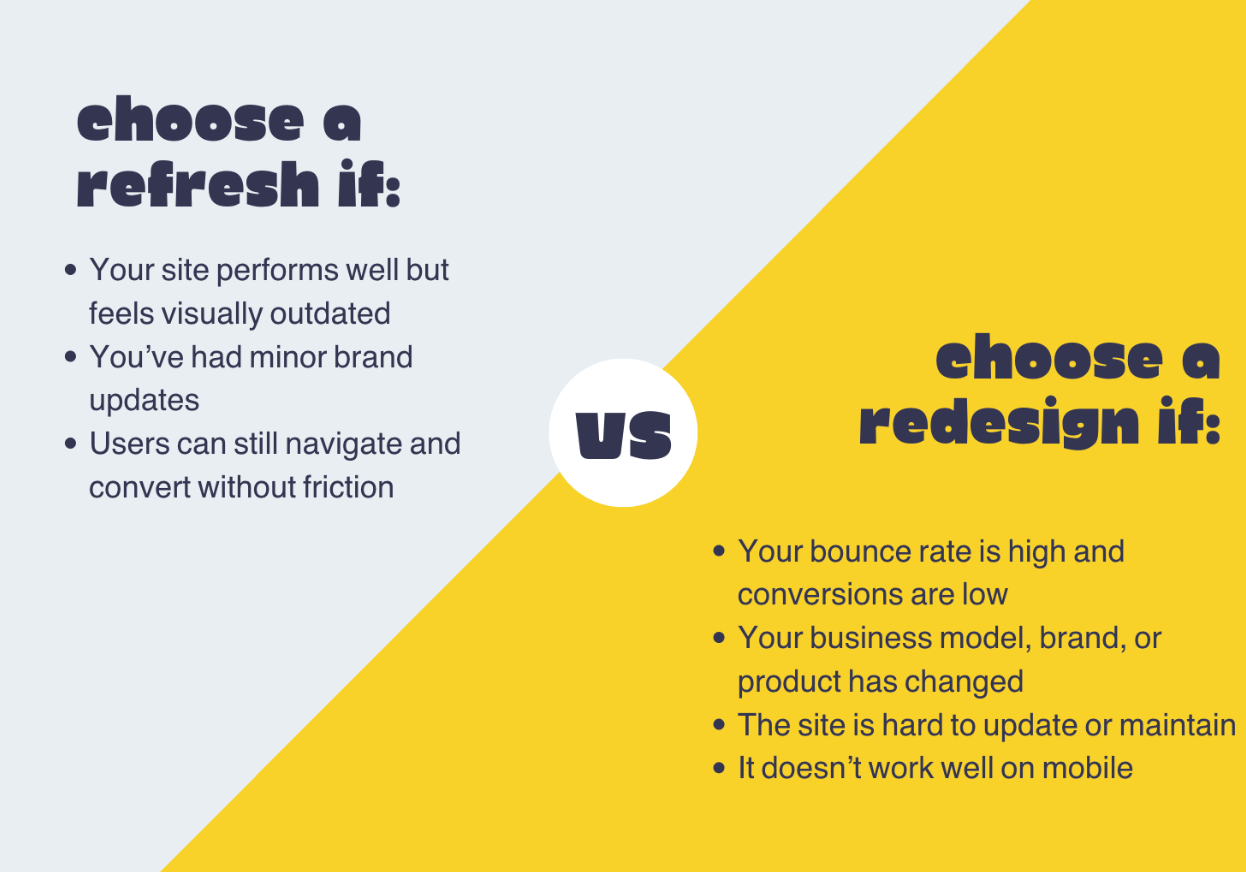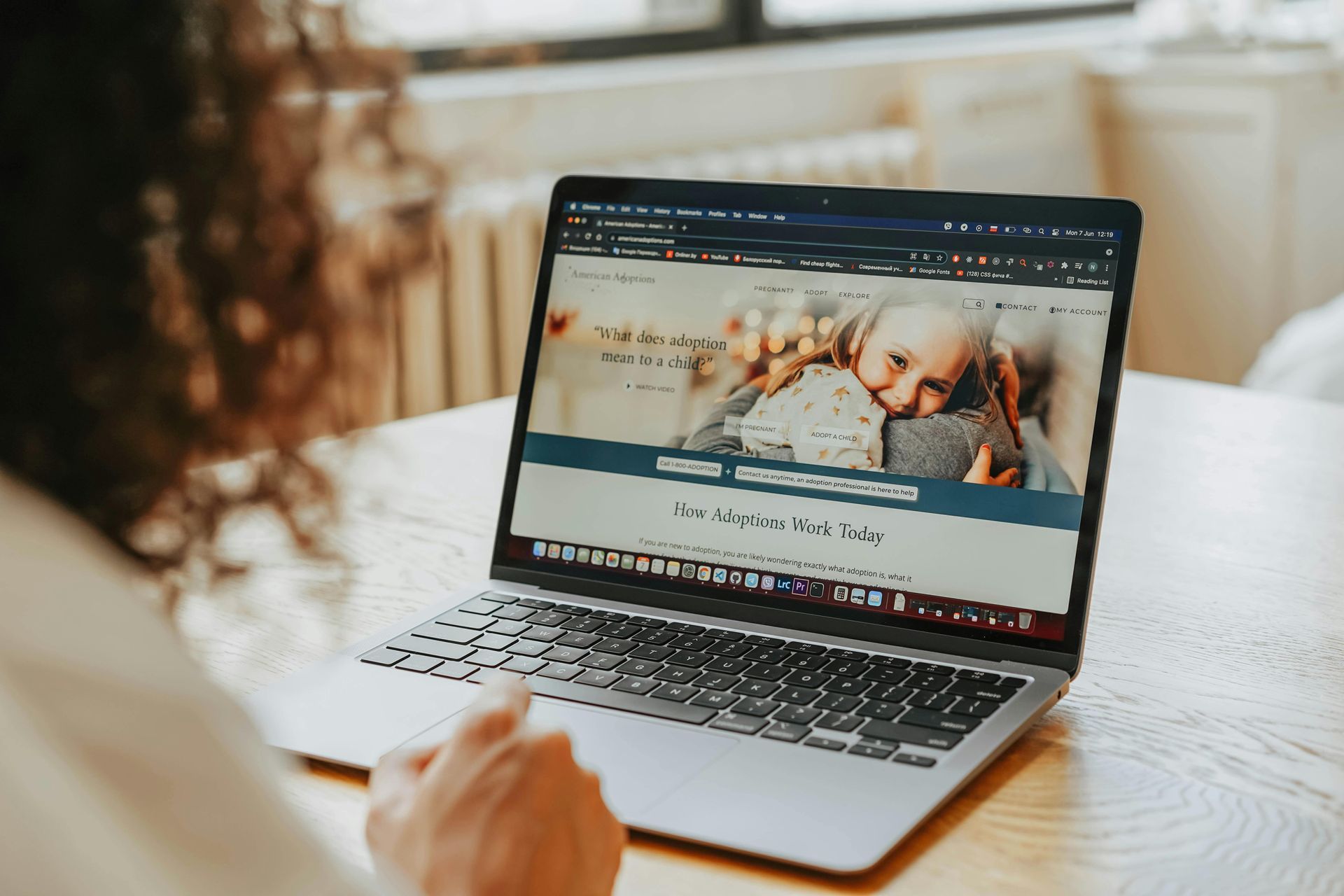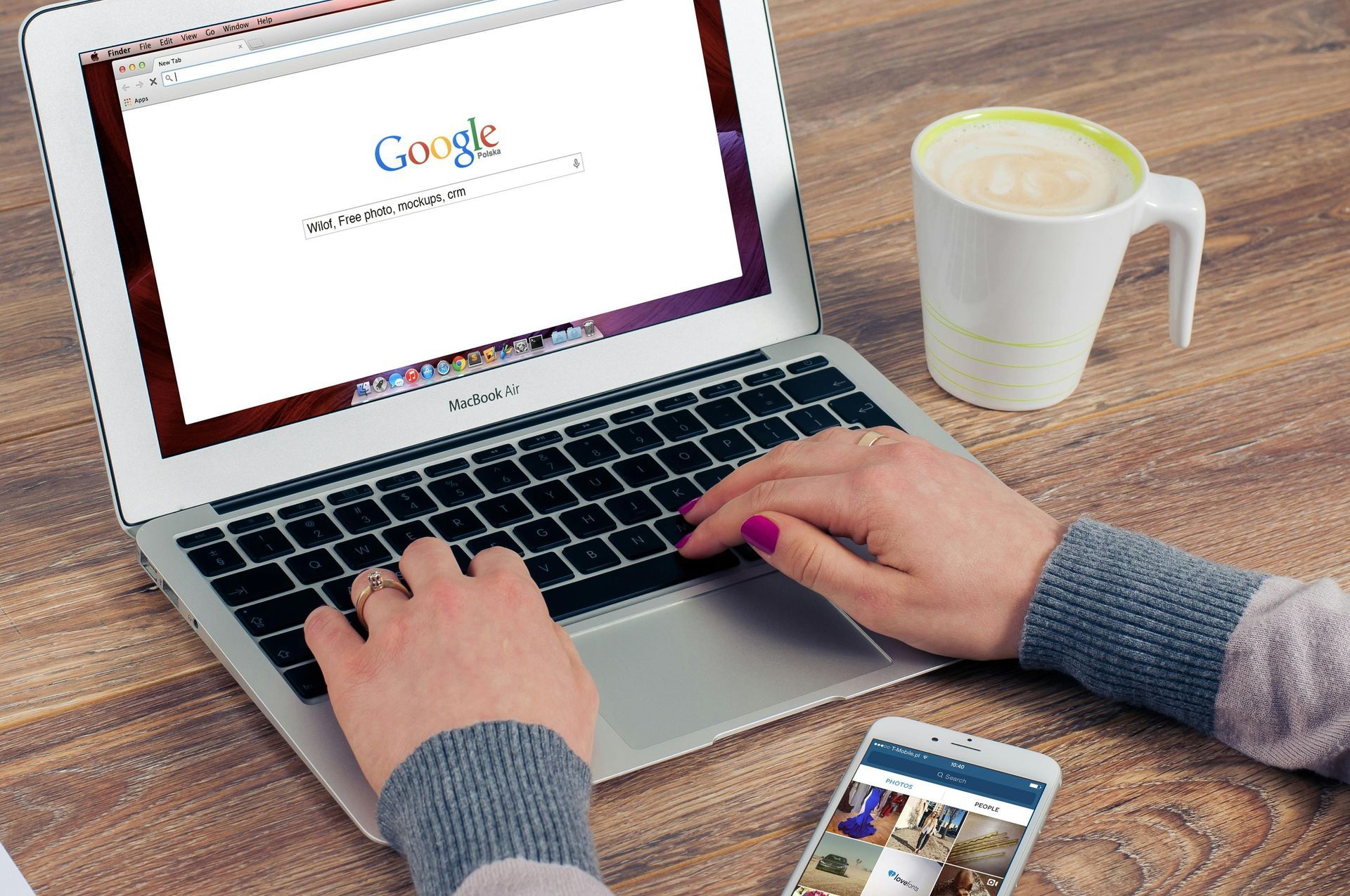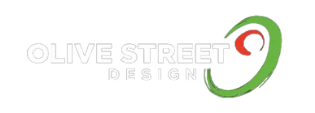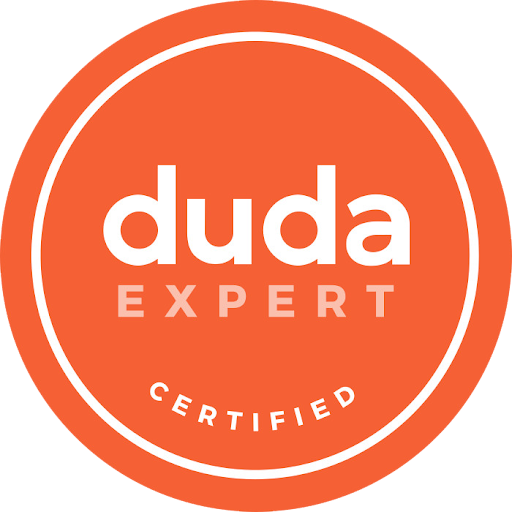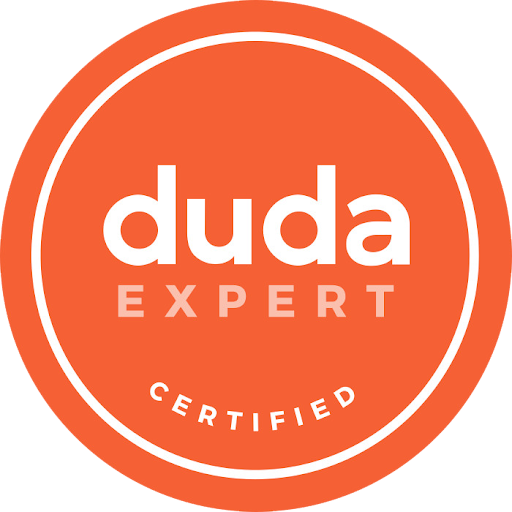How Does Font Choice Help Increase the Efficiency of Print Jobs?
When it comes to printing designs, the font selection matters a lot. Because without a proper font selection, you can’t make the designs more beautiful and attractive. The fonts are one of the key elements that we should keep in mind while going for a printing job.
As a graphic designer, you might have gotten your hands-on print designs and have faced a tough time to determine the font types. In today’s world, every manufacturer or printing company finds diverse ways to save the environment and resources during the printing process.
How to do so? It can be achieved by strengthening the efficiency of print jobs, and to some extent, you can expand it by picking the right font. In this guide, I am going to demonstrate a few tips that will show how to increase the efficiency of print jobs.
Tips to Keep in Mind While Choosing a Font
Fortunately, we have a vast font library from which we can make the selection easier. From the collection of many fonts, the Calibri font is being used on different platforms for a long time and has gained enough popularity. It’s the most popular font used by many designers in printing jobs and it always does a great job. However, it still depends on your design type and category as well.
If we talk about printing, the style of writing frequently depends on the material you have used and the print technique you are going to apply. However, if you are operating a printing company, by making a few choices regarding font selection, you can undoubtedly intensify the efficiency. But how?
Let’s have a look at a few of the most important things that we should keep in mind.
1- Serif or Sans-Serif
Two main types of fonts include Serif font and Sans-Serif font out of which you should make a selection. It is prescribed to abstain from utilizing serif if imprinting on foil or embellishing the paper, and that text ought to have more than a 1.5-point thickness.
A serif text style (one with little ‘kicks’ on the closures of letters) is suggested for traditional printing as it is viewed as more coherent; sans-serif (without ‘kicks’) ought to be put something aside for features. Once you are sure about which font you are going to use, move further.
2- Size of Font
Whatever font you have used on a website or printing, the size has enormous significance. An extra-large size or extra small size, in both cases, people will examine it inappropriately. To make the content comprehensible and legible for users, you should come up with ideal size so that the user doesn’t get bothered while reading.
Hence, for printing the perfect size is 18, that is comfortably readable. Furthermore, the major problem that arises in printing is making the main body of the content in colored form. Evade making such a mistake because it will make the content hard to read. Keep it simple, and avoid using color fonts.
3- Recheck the Printing
Selecting the font type and deciding on font size is not enough; you have to recheck whether the font you have picked goes well with the printing or not. During the scanning process, make sure that everything is up to mark, and all the required information is available on the print jobs.
After making sure about every detail, you should move ahead. The printing company will also help to decide on which font will go best for a particular print job because for every context; there should be a specific font.
How to Find Efficient Font?
To avoid the printing expenses, you should get your hands on such fonts that save you from costly expenses. It needs to be applied in offices where printing results in hefty costs. A few such fonts incorporate:
1- ECOFONT
While printing, it is imperative to save ink for when an appropriate font selection is an ultimate demand. I would recommend you to try Eco fonts that save 50% on ink. Apart from that once it is installed, it pushes holes for extravagantly used fonts including Calibri, Arial, Time New Roman and many more.
One of the significant advantages of using this font is the gaps disappear that occur in small font size as it won’t be visible to the human eye. Hence, it not only saves ink and toner; in fact, it also makes the font look appealing and worth trying. It is the first choice that you can make in font selection.
2- Tintencenter
It is a German tool that permits you to know either the font you have used is eco-friendly or not. For this, the tool calculates the size of the font, a number of pixels, weight etc. to examine thoroughly. It checks every detail regarding fonts to make it class apart. Furthermore, it also gives suggestions concerning alternate fonts that you can use for print jobs. You can avail of all the advantages of this tool for better comprehension.
3- Ryman Eco
It is another choice that you can make regarding font selection for print jobs that save maximum resources and was specially developed for this purpose a long years ago. The designer created this font for print jobs to save 33% of ink and toner. Hence, if you are looking for better fonts for print jobs, you can go for it.
Conclusions
Making a font selection is the most challenging task that needs to be done with attentiveness and care. You have to look at broader terms for making font selection, including font type, font size, frequency among each letter and a lot of other things. For all those who are running a printing company, I have enlisted a few tips and a few fonts that will surely benefit you in the future.
For every job type, there is a specific font and being a designer, you should be aware of which font will go best with which job type. By following the tips mentioned above, you can surely magnify the effectiveness of print jobs. In the future, keep them in your mind.
The post How Does Font Choice Help Increase the Efficiency of Print Jobs? appeared first on Olive Street Design.

